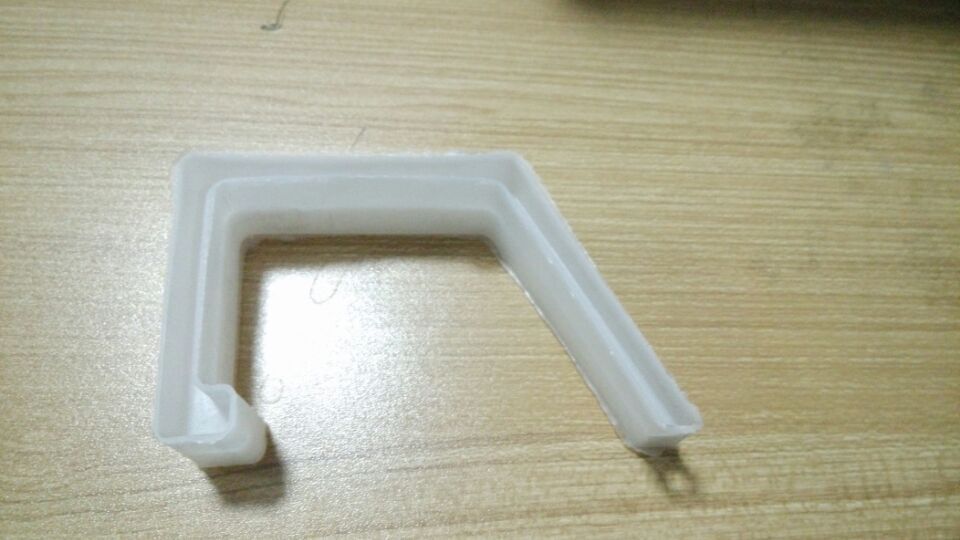Innovative Automatic Broiler Cage Solutions for Efficient Poultry Farming Production
តុលា . 19, 2024 09:07 Back to list
Innovative Automatic Broiler Cage Solutions for Efficient Poultry Farming Production
The Impact and Innovation of Automatic Broiler Cages
In the modern poultry industry, the management of broiler chickens has transformed significantly due to technological advancements. One of the most revolutionary developments in this field is the introduction of automatic broiler cages. These high-tech systems are designed to enhance the efficiency, productivity, and welfare of broiler chickens, addressing the challenges faced by the industry.
Automatic broiler cages are engineered to optimize space and improve the living conditions of the birds. Traditional farming methods often resulted in overcrowded conditions and limited access to resources, leading to increased stress among birds and lower growth rates. In contrast, automatic cages provide a controlled environment that allows for adequate space per bird, better ventilation, and easy access to feed and water. By minimizing stress, these systems contribute to healthier birds that grow faster and are more productive.
One of the remarkable features of automatic broiler cages is their ability to streamline feeding and watering processes. Automated feeding systems ensure that each bird receives the right amount of feed at regular intervals, reducing waste and preventing overfeeding or underfeeding. Similarly, automatic watering systems help maintain proper hydration levels, crucial for the health and growth of the broilers. This automation not only saves time for farmers but also ensures that the birds have consistent access to essential nutrients.
Moreover, automatic broiler cages are equipped with advanced monitoring systems that track various parameters such as temperature, humidity, and ammonia levels
. These sensors provide real-time data, allowing farmers to make informed decisions to maintain optimal conditions within the poultry house. By closely monitoring the environment, farmers can prevent issues that might threaten the health of the birds, resulting in higher survival rates and improved overall performance.automatic broiler cage

The welfare of the broiler chickens is a primary concern in the poultry industry. Automatic cages are designed with animal welfare in mind, offering features that support natural behaviors. For instance, some systems include provisions for perches, allowing birds to exhibit roosting behaviors, which are essential for their psychological well-being. Additionally, the improved space allocation in automatic broiler cages enables chickens to move more freely, reducing the likelihood of injuries and aggression.
From an economic perspective, automatic broiler cages can lead to significant cost savings for poultry farmers. Although the initial investment may be higher than traditional systems, the long-term benefits outweigh the costs. Increased productivity, lower mortality rates, and reduced labor requirements contribute to a more profitable operation. Furthermore, the enhanced welfare standards align with consumer demands for ethically produced poultry products, enabling farmers to access premium markets.
Sustainability is another critical aspect of modern poultry farming, and automatic broiler cages contribute positively in this regard. By optimizing resources and minimizing waste, these systems can help reduce the environmental footprint of poultry production. Efficient feeding and watering reduce the amount of feed and water consumed, while careful monitoring allows for the better management of waste output. As consumers become more conscious of the environmental impact of their food choices, the adoption of sustainable practices will be crucial for the poultry industry's future.
In conclusion, the integration of automatic broiler cages into poultry farming represents a significant leap forward in addressing the pressing challenges of the industry. These innovative systems not only enhance the productivity and efficiency of broiler production but also prioritize the welfare of the birds and the sustainability of farming practices. As the demand for poultry products continues to rise, embracing such technological advancements will be essential for meeting consumer expectations and ensuring a profitable and responsible poultry industry.
-
High Performance Exhaust Fan – Efficient Ventilation Solutions for Home
NewsJun.10,2025
-
High-Quality Gestation Pen for Sows Durable Mobile Pig Pen & Simple Pig Pen Solutions
NewsJun.10,2025
-
High Quality Rabbit Cage Double Tier Designs & Welded Wire Mesh Supplier
NewsJun.10,2025
-
Floating Fish Feed Machine - High Efficiency Floating Fish Feed Extruder for Small Scale Production
NewsJun.10,2025
-
Premium Poultry Housing Solutions Mobile & Commercial Free Range Options
NewsJun.10,2025
-
Industrial FRP Fans Corrosion-Resistant Blades & Centrifugal Systems
NewsJun.09,2025






